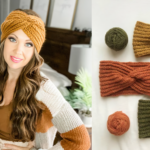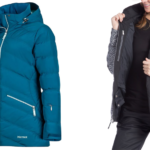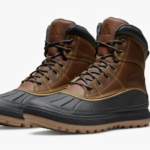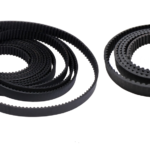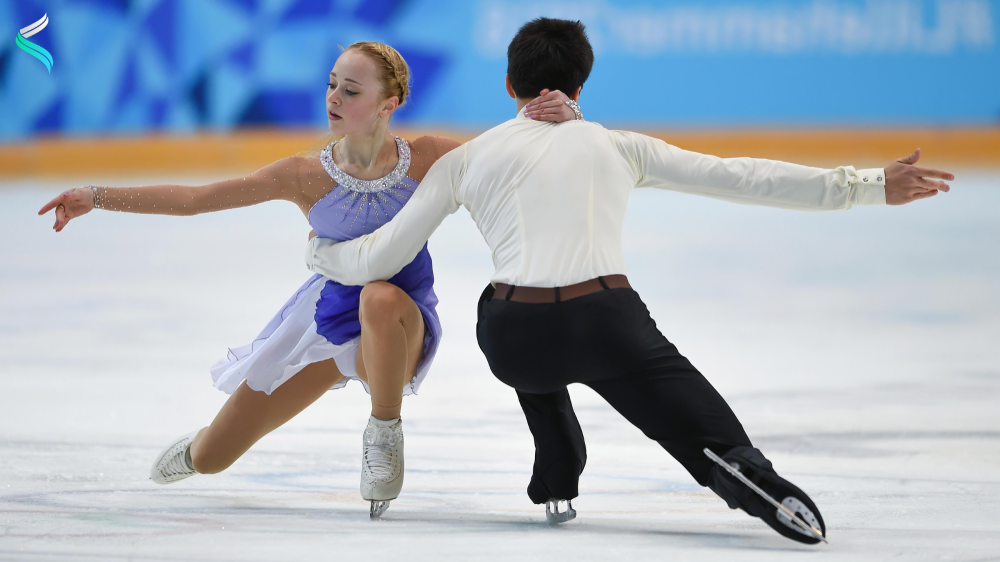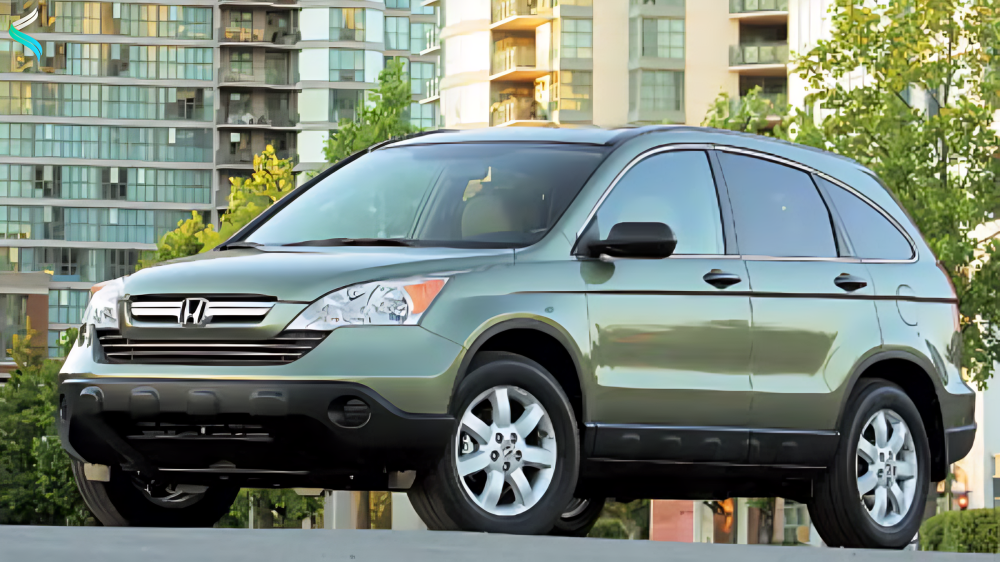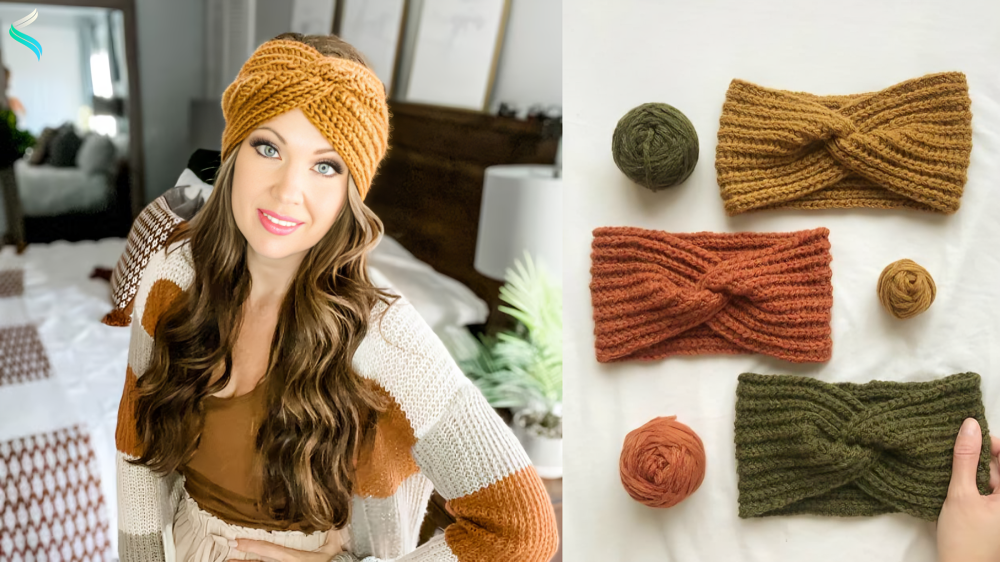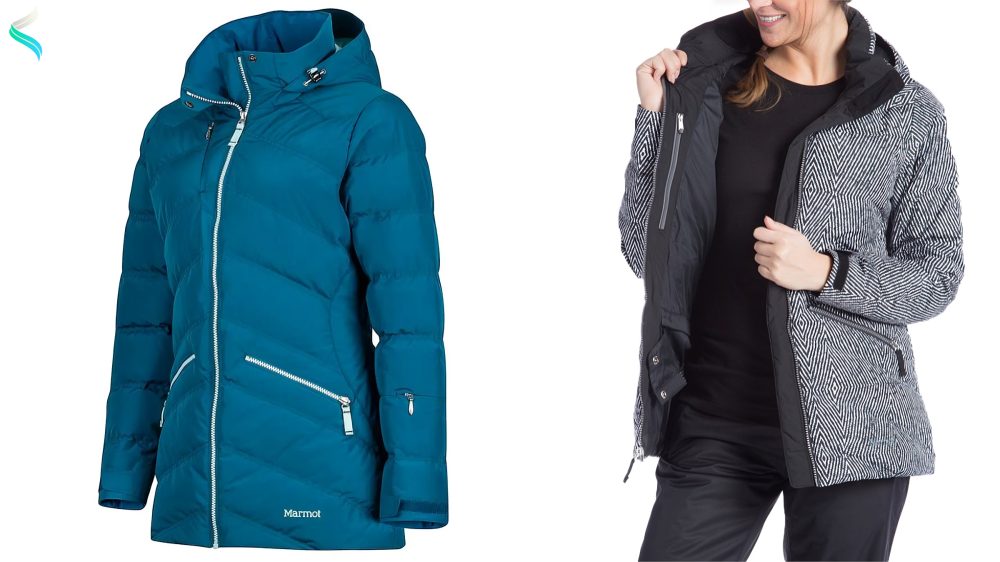Figure skating is a beautiful, graceful sport that combines athleticism with artistry on the ice. Each movement flows into the next, creating a dance that tells a story. But what are some of the most beautiful figure skating moves that skaters—whether beginners or advanced—can learn? This guide explores some of the most iconic, awe-inspiring, and accessible moves that are sure to make any skater feel like a star.
From classic spins and jumps to intricate footwork and spirals, mastering these moves will help any skater increase their confidence, style, and technical skills on the ice. Let’s dive into the world of figure skating moves and discover what makes each one so special.
The Spiral Sequence
The spiral sequence is one of the most graceful figure skating moves and a defining element of artistic skating. In this move, the skater glides on one leg with the free leg lifted high behind them. The arms are stretched out elegantly, creating a long, beautiful line. This movement is commonly seen in both competitive and exhibition programs, showcasing a skater’s balance, flexibility, and poise.
There are various types of spirals, including the forward inside spiral and the backward outside spiral. Each type requires strength and control to maintain the free leg’s height and the smoothness of the glide. The spiral sequence is particularly beautiful when incorporated into a series, with the skater changing edges and directions seamlessly.
How to Learn the Spiral
To learn the spiral, start by mastering balance on one leg. Stretch and strengthen the muscles of the standing and free leg to increase your stability and range. Practice gliding on each foot, gradually lifting the free leg higher as you become more comfortable.
The Biellmann Spin
The Biellmann spin is one of the most impressive figure skating moves due to its challenging nature and striking visual effect. In this move, the skater spins on one leg while reaching behind to grab the free leg’s blade, pulling it over their head in a backbend position. This spin requires incredible flexibility, strength, and balance, making it one of the most admired spins in figure skating.
Named after Swiss skater Denise Biellmann, who popularized the move, the Biellmann spin is considered a high-level skill. Not every skater is able to achieve the necessary flexibility for this move, but those who do are sure to captivate their audience.
How to Learn the Biellmann Spin
Flexibility is key to the Biellmann spin, so begin with daily stretching exercises, focusing on the back, shoulders, and hamstrings. Once flexible enough, practice the spin at a slower pace, gradually working up to pulling your leg above your head.
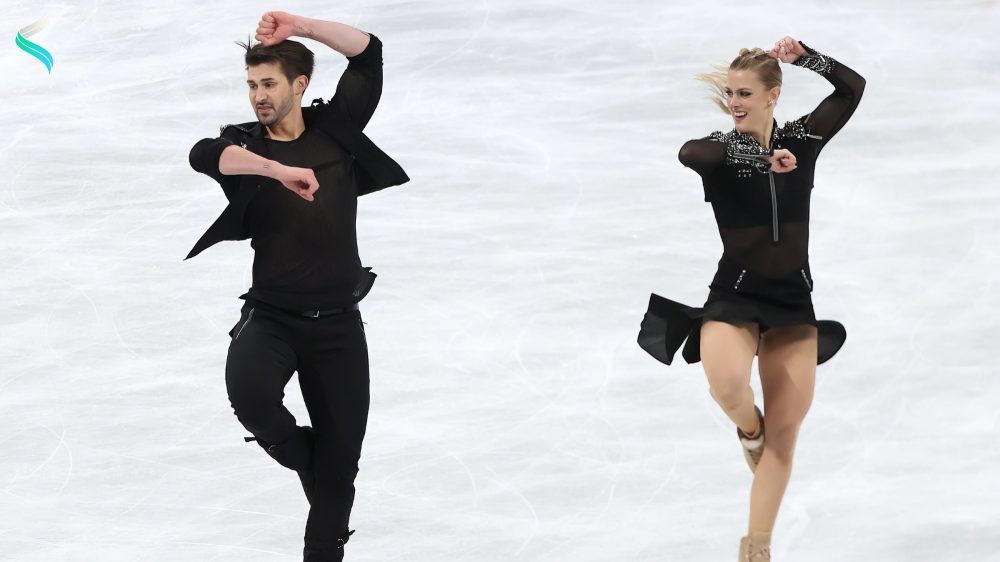
The Axel Jump
One of the most challenging and iconic figure skating moves, the Axel jump, is the only jump in which the skater takes off facing forward. Named after Norwegian figure skater Axel Paulsen, the Axel jump has a distinct appearance as the skater rotates 1.5 times (for a single Axel) in the air before landing on one foot.
Due to its forward takeoff, the Axel jump requires more rotation than other jumps, making it notoriously difficult to master. However, the beautiful, almost floating quality of a well-executed Axel makes it one of the most sought-after figure skating moves.
How to Learn the Axel Jump
Start by practicing the waltz jump, which has a similar forward takeoff but with only half a rotation. Strengthen your core and leg muscles to improve your height and control in the air. With enough practice, you can progress to a single Axel, and from there, work up to a double or even triple Axel.
The Ina Bauer
The Ina Bauer is an elegant movement where the skater glides on two parallel blades, with one foot forward and the other trailing behind. This movement creates a dramatic, elongated position and is often used as a transition or highlight within a routine. Skaters like Yuzuru Hanyu and Shizuka Arakawa have famously incorporated Ina Bauer in their performances, captivating audiences with its simplicity and beauty.
Unlike other figure skating moves, the Ina Bauer doesn’t require spins or jumps but relies on flexibility in the hip joints and strong edges. It’s a beautiful way to show control and smoothness on the ice.
How to Learn Ina Bauer
Work on your hip flexibility and edge control. Start by practicing gliding with both skates flat, then gradually move to parallel edges, adjusting your body posture until you feel stable and graceful in the position.
The Sit Spin
The sit spin is one of the foundational figure skating moves and is an impressive display of strength and balance. In this move, the skater spins in a squatting position, keeping the free leg extended in front. It’s a visually dynamic move and is often included in routines as it showcases the skater’s ability to maintain stability at a low height.
There are many variations of the sit spin, such as the cannonball seat spin or the flying seat spin, each offering a unique aesthetic and degree of difficulty. The sit spin is achievable for skaters at various levels, making it a popular move to learn early in training.
How to Learn the Sit Spin
Begin by practicing squats and balance exercises off the ice to build leg strength. On the ice, start with a regular upright spin, then gradually lower yourself into the sitting position, extending the free leg as you gain confidence and control.
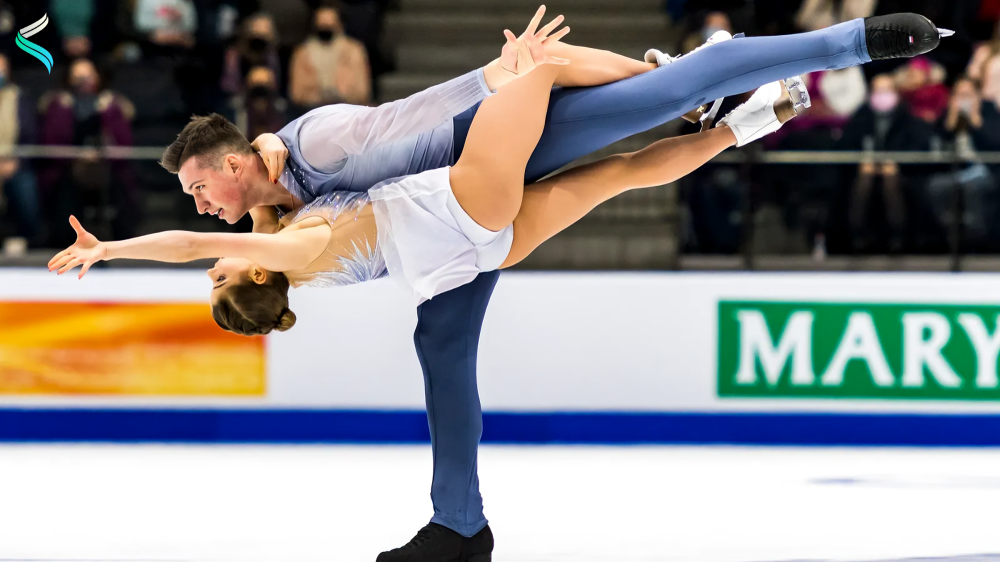
The Spread Eagle
The spread eagle is a move that displays incredible balance and edge control. In this movement, the skater glides on two edges in opposite directions, creating a circular or straight glide depending on how it’s executed. The spread eagle is often used as a setup for jumps or as a transition, but its beauty and difficulty make it a standalone move in its own right.
There are two main types of spreading eagles: inside edge and outside edge. Both versions require hip flexibility and balance, making this one of the most eye-catching figure skating moves when performed smoothly.
How to Learn the Spread Eagle
Practice stretching to improve your hip flexibility and open your legs in the spread eagle position. Start gliding in a straight line with your feet turned out, and work on holding your balance as you transition into either inside or outside edge spread eagles.
The Camel Spin
The camel spin is a classic, beautiful spin where the skater holds a horizontal position with one leg extended back and parallel to the ice. The spin is both graceful and dynamic, showcasing the skater’s control and poise. When performed with a high leg extension, the camel spin becomes even more striking, adding an elegant silhouette to any routine.
The camel spin is one of the most fundamental spins and is a great building block for more complex figure skating moves. It also allows for various creative variations, such as the flying camel spin or the donut spin.
How to Learn the Camel Spin
Work on balance and flexibility, especially in the hamstrings and back. Start with an upright spin, then transition to the horizontal position by lifting your free leg to create a straight line. Focus on keeping your body stable while maintaining a steady spin.
Footwork Sequences
Footwork sequences are often the connective tissue between more complex figure skating moves and add a rhythmic flow to routines. These sequences include a series of steps, turns, and edge changes that move the skater fluidly across the ice. While footwork may not have the aerial thrill of jumps or spins, its intricacy and speed make it equally captivating.
Footwork sequences vary in difficulty and can include moves like mohawks, three turns, brackets, and rockers. Skilled skaters make these movements look effortless, adding musicality and style to their performance.
How to Learn Footwork Sequences
Start with basic turns and gradually increase speed as you grow more comfortable with each move. Practice linking multiple steps together and focus on creating smooth transitions between them to achieve a polished sequence.
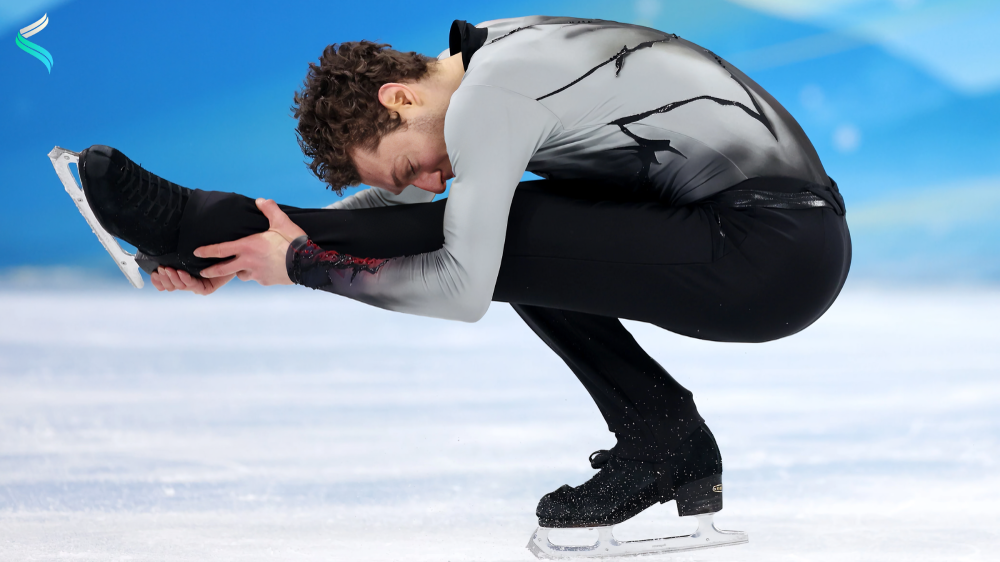
The Lutz Jump
The Lutz is a challenging edge jump that requires the skater to take off from the back to the outside edge of one foot, completing a full rotation before landing on the opposite foot. The Lutz jump, named after skater Alois Lutz, is one of the most difficult figure skating moves because of the takeoff from the outside edge.
Because the Lutz jump requires careful edge control, it’s a technical achievement and a fantastic move to add to any routine. The jump also opens doors to higher-difficulty combinations, such as the triple Lutz.
How to Learn the Lutz Jump
Practice your edge control, focusing on the outside edge of your takeoff foot. Work on building speed and approach the jump at a shallow angle to create the necessary momentum. Start with a single Lutz before advancing to double and triple rotations.
The Combination Spin
Combination spins blend multiple spins in a single move, creating a seamless transition between positions. This advanced spin showcases a skater’s versatility, requiring them to transition smoothly between different spin types, such as a sit spin into a camel spin or an upright spin into a Biellmann.
Combination spins allow skaters to express creativity while adding difficulty to their routine. These spins can be complex and demanding, making them one of the most beautiful figure skating moves to watch.
How to Learn the Combination Spin
Begin by mastering individual spins before attempting to link them. Practice transitioning smoothly from one spin to the next, focusing on maintaining control and rhythm throughout. Work on your endurance, as combined spins require sustained energy and balance.
More: Reddit
Conclusion
Learning these beautiful figure skating moves is a journey that combines strength, grace, and discipline. Each movie, from the elegant spiral to the challenging Axel, showcases a skater’s dedication and artistry. Whether you’re just beginning your skating journey or aiming to add advanced moves to your repertoire, mastering these figure skating moves can elevate your performance and bring a new level of joy to your skating.



